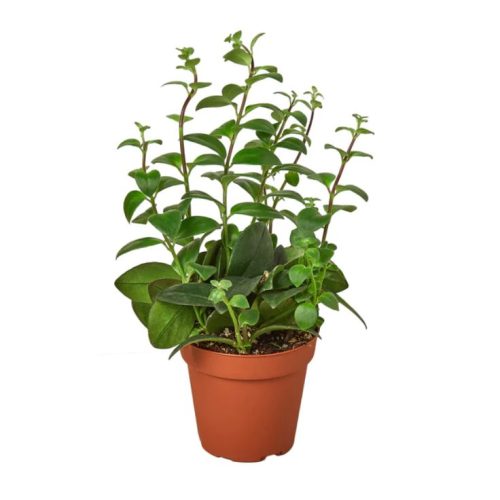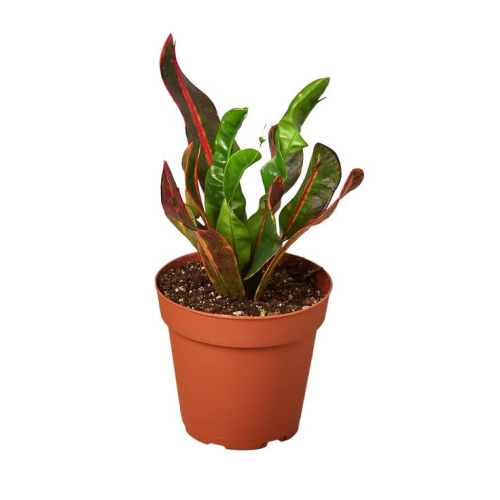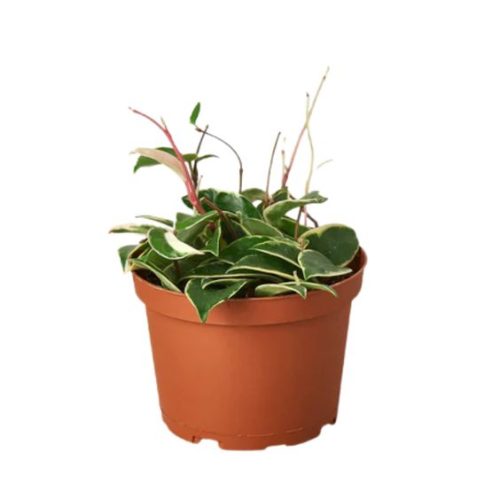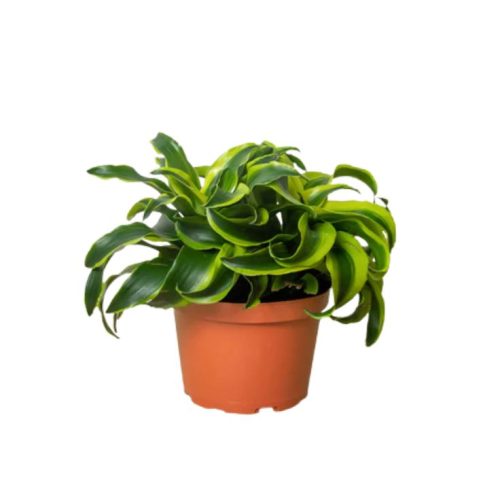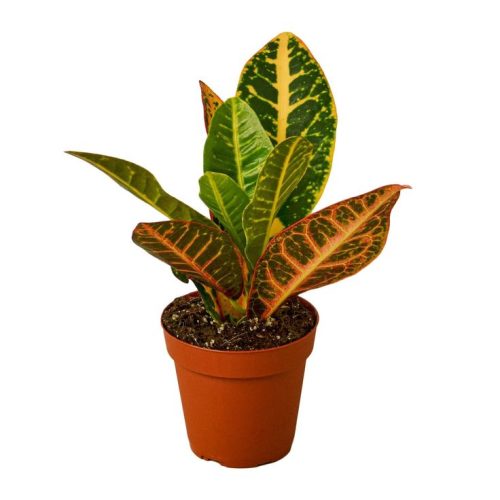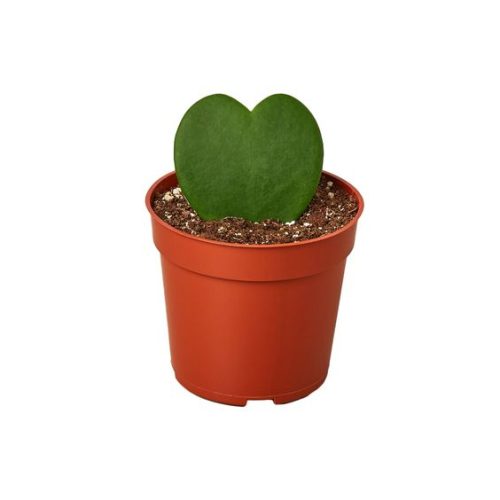Huya Krimson Mfumukazi
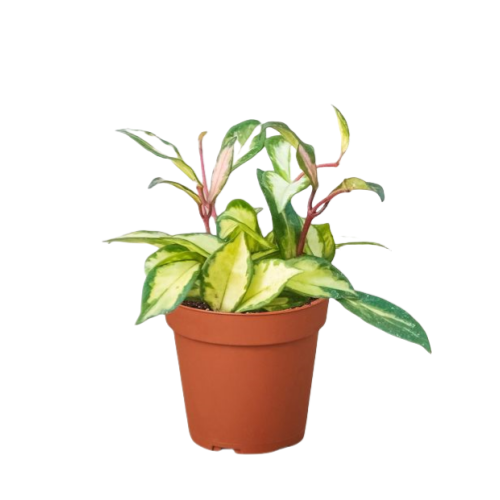
- Botanical Name: Huya Tallesa 'Krimson Queen
- Family Name: Apocynaceae
- Zimayambira: 3-6 Feet
- Kutentha: 5℃~33℃
- Others: Tropical, indirect light, humidity.
Kulemeletsa
Mafotokozedwe Akatundu
Kukongola Kwakayera: Kuwongolera Kwachikulu kwa Huya Krimson
Mfumukazi ya Holia Krimson
Origin and Distribution: Hoya Krimson Queen’s Homeland
Hoya Krimson Queen, also known as Hoya carnosa ‘Krimson Queen’ or Hoya tricolor, is a perennial evergreen climbing plant belonging to the Apocynaceae family and the Hoya genus. This plant hails from the humid subtropical climate regions of Asia and Australia, including the Philippines, Thailand, Malaysia, Bangladesh, India, Indonesia, and Polynesia. The warm climate and moist environment of these areas provide ideal conditions for the growth of Hoya Krimson Queen.
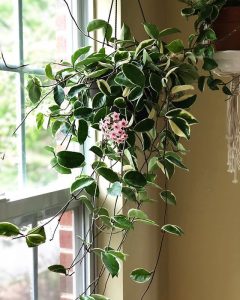
Huya Krimson Mfumukazi
Mawonekedwe aurphological: masamba okongola ndi maluwa
Hoya Krimson Queen is renowned for its unique tricolored, thick, and waxy leaves, which typically display a mix of pink, creamy white, and green. New leaves emerge in a vibrant pink hue, gradually developing white or creamy spots as they mature. Some leaves may turn entirely white, while most have green centers with white or pink edges. The plant’s smooth vines can extend up to 5 to 6.5 feet (approximately 1.5 to 2 meters) in length, often in shades of green or pink. The star-shaped, waxy flowers of Huya Krimson Mfumukazi Amadziwika kuti amapanga ma inflorescence ozungulira, ndi maluwa otuwa ndi malo ofiira, kutulutsa kununkhira kosangalatsa.
Makhalidwe okula: pang'onopang'ono komanso osasunthika
Indoors, it can reach a maximum size of 60 to 80 inches, attributed to its climbing nature. Compared to other climbing plants, it grows more slowly, requiring 2 to 3 years before needing repotting. The plant’s succulent-like characteristics allow it to store sufficient water during dry periods, making it tolerant of extended droughts and infrequent watering. These traits make Hoya Krimson Queen a popular choice among indoor plants, prized for both its beauty and drought resistance.
Momwe mungapangire mfumukazi yanu ya Himu Krimson pachimake ndi ubweya kunyumba
Kuyatsa ndi kuthirira
Hoya Krimson Queen requires bright, indirect light to maintain its unique leaf color and healthy growth, while avoiding direct sunlight to prevent leaf scorch. In terms of watering, follow the “dry between waterings” principle, which means wait until the top 1-2 inches of soil are dry before watering again to prevent overwatering and root rot. During the winter, when the plant’s growth slows down, correspondingly reduce the frequency of watering.
Kutentha, chinyezi, ndi dothi
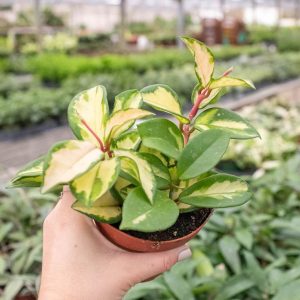
Huya Krimson Mfumukazi
Imakonda malo abwino komanso otentha, okhala ndi matemberedwe abwino kwambiri 60-85 ° F (15-29 ° C). Kuti musunge chinyezi chachikulu, mutha kugwiritsa ntchito chinyezi kapena kuyika madzi pafupi ndi chomera. Kuphatikiza apo, kusankha kusakaniza kwa mafuta kukhetsa ndikofunikira kuteteza madzi pamizu. Ndikulimbikitsidwa kugwiritsa ntchito kusakaniza komwe kwapangidwira kapena ma orchids, kapena kupanga kusakaniza kwanu kwa peat moss, perlite, ndi khungwa la maluwa.
Umuna, kudulira, ndi kufalitsa
Nthawi yakukula (kasupe ndi chilimwe), manyowa Hoya Krimson Katemera kamodzi pa feteleza wosungunuka wamadzi kuti akweze kukula ndi maluwa ake. Kudulira kumathandizira kulimbikitsa kukula kwa chitsamba, chotsani zimayambira za leggy kapena zowonongeka, ndikufalitsa mbewu zatsopano kudzera mu tsinde kudula. Pakugwa komanso nthawi yozizira, mbewuyo ikalowa mkati mwake, kuchepetsa kuchuluka kwa kuthirira ndikuyang'ana chinyezi cha nthaka musanatsirize chomeracho chikamapuma moyenera ndikuchira.
Hoya Krimson Queen, with its attractive leaves and flowers as well as its adaptability to various environments, is perfect as an indoor decorative plant for living rooms, bedrooms, and offices, or as a hanging plant on balconies and terraces. It can also thrive in gardens, greenhouses, and sunrooms, and is suitable for studies, workshops, restaurants, cafes, children’s rooms, hotels, resorts, medical facilities, and classrooms, adding a touch of greenery and providing a tranquil and comfortable atmosphere while educating children about plant care and the importance of nature.





